How many have ben successful with bat houses?
madtripper
19 years ago
Featured Answer
Sort by:Oldest
Comments (35)
madtripper
19 years agolast modified: 9 years agocantstopgardening
19 years agolast modified: 9 years agoRelated Professionals
Ilchester Landscape Architects & Landscape Designers · Sahuarita Landscape Architects & Landscape Designers · Elgin Landscape Contractors · Bound Brook Landscape Contractors · Gurnee Landscape Contractors · Mission Landscape Contractors · Plantation Landscape Contractors · Gages Lake Driveway Installation & Maintenance · Hockessin Driveway Installation & Maintenance · Apple Valley Swimming Pool Builders · Bedford Swimming Pool Builders · Jacksonville Swimming Pool Builders · Lake Forest Swimming Pool Builders · Lake Forest Swimming Pool Builders · North Hollywood Swimming Pool BuildersGentian_NY
19 years agolast modified: 9 years agoAllshade
19 years agolast modified: 9 years agomesquiteent
19 years agolast modified: 9 years agodampflippers
19 years agolast modified: 9 years agoPrudence
19 years agolast modified: 9 years agoLauraZone5
19 years agolast modified: 9 years agomadtripper
19 years agolast modified: 9 years agoLauraZone5
19 years agolast modified: 9 years agoPrudence
19 years agolast modified: 9 years agodampflippers
19 years agolast modified: 9 years agoLauraZone5
19 years agolast modified: 9 years agoPrudence
19 years agolast modified: 9 years agodampflippers
19 years agolast modified: 9 years agodirtgirl
19 years agolast modified: 9 years agoLauraZone5
19 years agolast modified: 9 years agoNavy4Christ
19 years agolast modified: 9 years agovonyon
19 years agolast modified: 9 years agofriend
19 years agolast modified: 9 years agogot4boyz
19 years agolast modified: 9 years agogot4boyz
19 years agolast modified: 9 years agomadtripper
18 years agolast modified: 9 years agochiroptera_mama
18 years agolast modified: 9 years agoMsrpaul
18 years agolast modified: 9 years agodeefar
18 years agolast modified: 9 years agoeberllk
18 years agolast modified: 9 years agovonyon
18 years agolast modified: 9 years agoloomis
18 years agolast modified: 9 years agomadtripper
18 years agolast modified: 9 years agoleslie123
18 years agolast modified: 9 years agosacojules
17 years agolast modified: 9 years agointerian
14 years agolast modified: 9 years agoMax Harpster
7 years ago
Related Stories
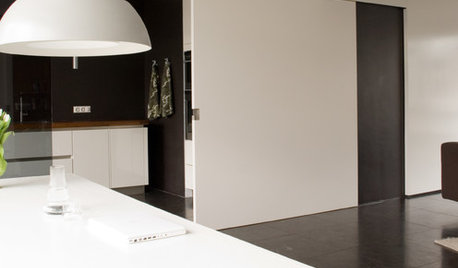
DESIGN DETAILSThe Secret to Pocket Doors' Success
Pocket doors can be genius solutions for all kinds of rooms — but it’s the hardware that makes all the difference. See why
Full Story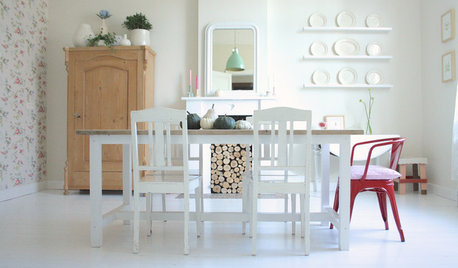
MY HOUZZMy Houzz: Devotion Shows in a 19th-Century Belgian Home
A four-year renovation takes a house from bat infested to beautiful, with heavenly lightness and sweet country style
Full Story
EVENTSSee the Vermont House Where Rudyard Kipling Wrote ‘The Jungle Book’
The author penned many works here, including his children’s classic, which Disney has remade into a movie
Full Story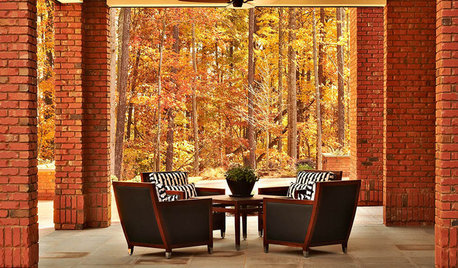
ARCHITECTUREGet a Perfectly Built Home the First Time Around
Yes, you can have a new build you’ll love right off the bat. Consider learning about yourself a bonus
Full Story
LIFEThe Polite House: What’s an Appropriate Gift to Welcome a New Neighbor?
Etiquette expert Lizzie Post suggests the right time and best presents to introduce a new neighbor to your area
Full Story
FALL GARDENINGReflecting on a Gardening Year
Mistakes and successes, surprises and comforts. The garden helps us grow in new ways every year
Full Story
GARDENING GUIDES8 New Ways to Garden This Year
A successful garden means knowing the plants, the wildlife and yourself
Full Story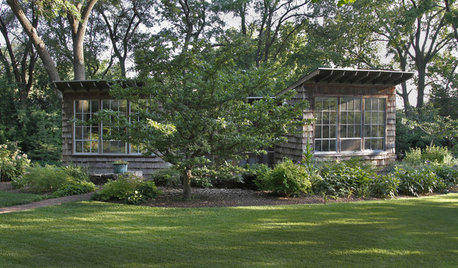
STUDIOS AND WORKSHOPS6 Artist's Studios That Model Great Design
Brush up on what makes a successful space for painting, sculpting and woodworking by checking out these inspiring outposts
Full Story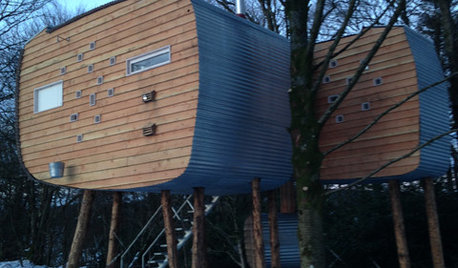
TREE HOUSESHouzz Tour: Off the Grid in a Treehouse Hideaway
This retreat for 2 is the epitome of peaceful seclusion
Full Story
TINY HOUSESHouzz Tour: A Custom-Made Tiny House for Skiing and Hiking
Ethan Waldman quit his job, left his large house and spent $42,000 to build a 200-square-foot home that costs him $100 a month to live in
Full StoryMore Discussions






terryhathway